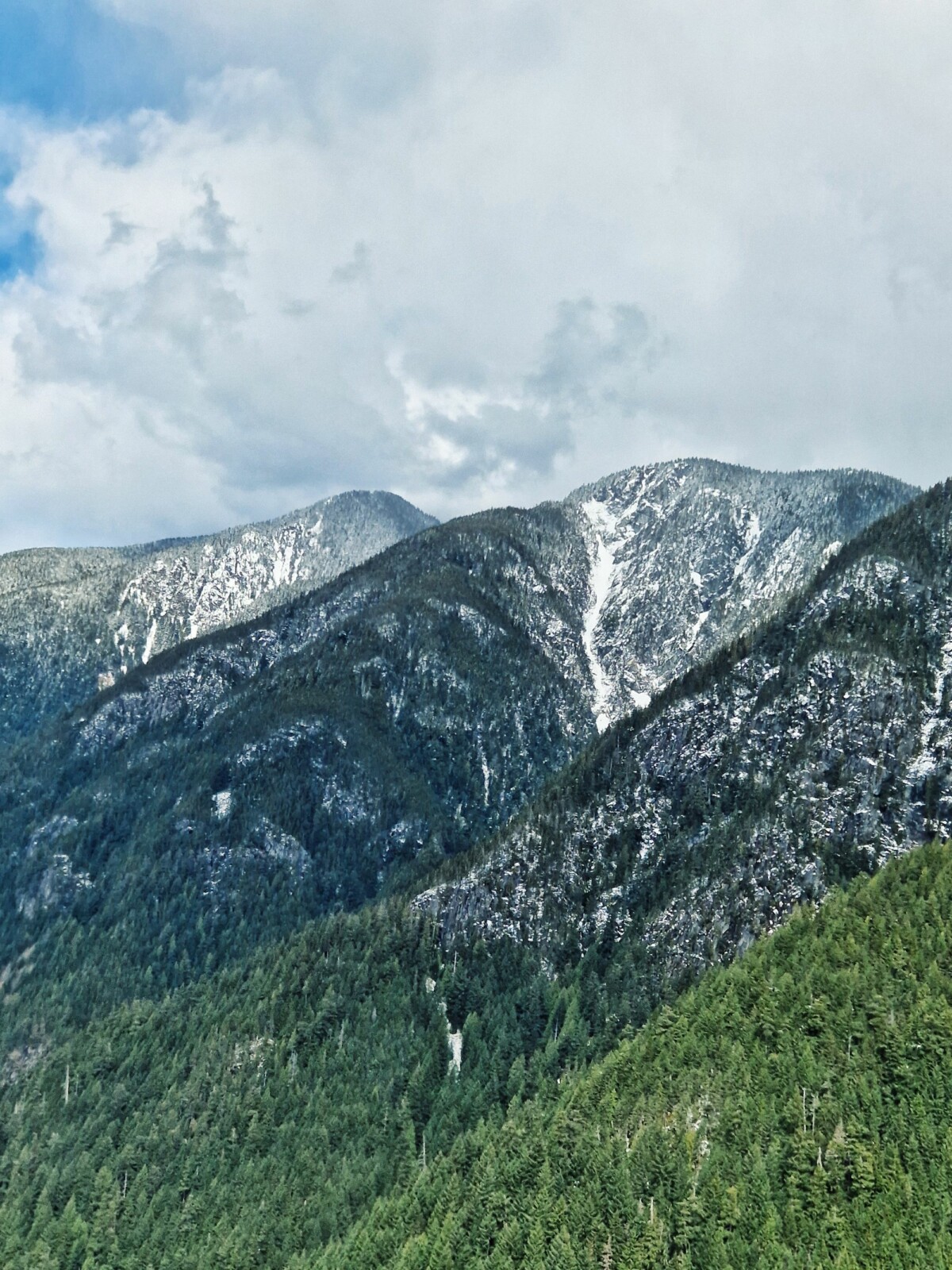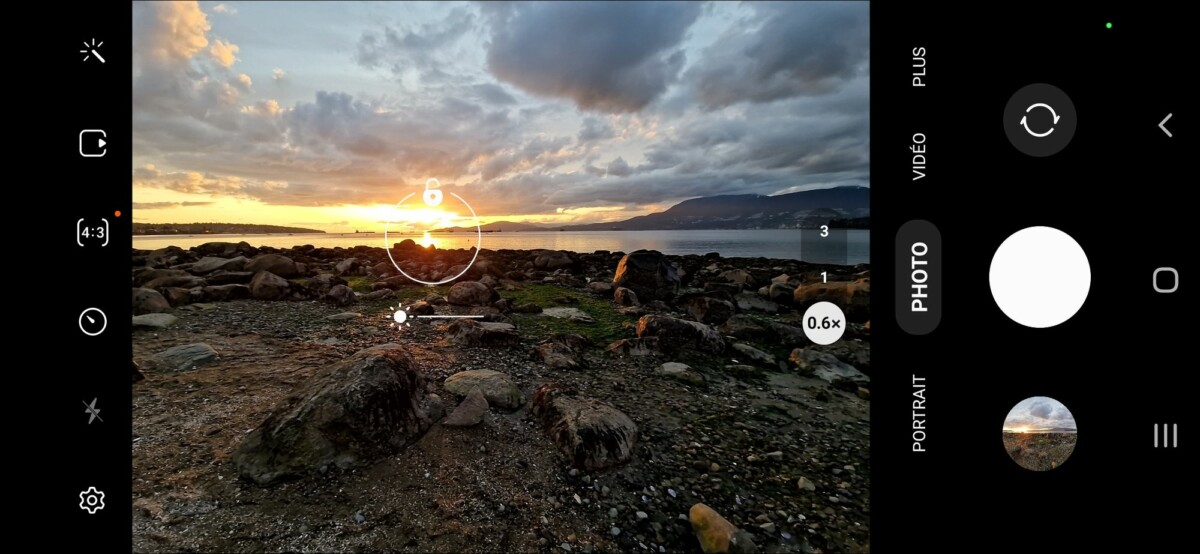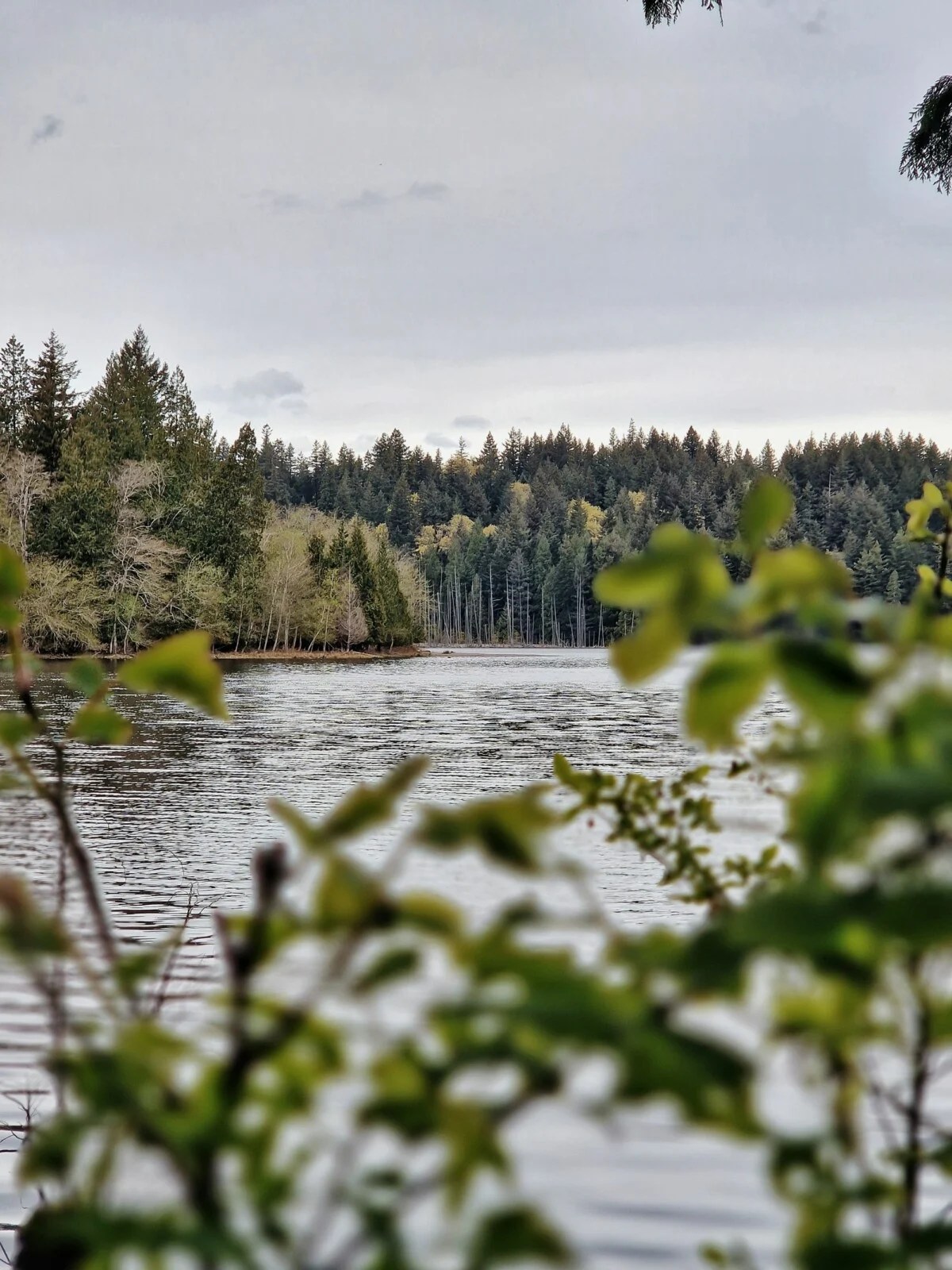This content is courtesy of Samsung and produced by Humanoid xp
On returning from a walk, the observation is often the same: the photos taken of nature do not do it justice. Here are some tips to finally succeed in capturing beautiful moments in nature.
The surrounding nature is so rich that it sometimes seems difficult to capture its beauty. The accumulation of details or shots complicates the shot. If it is therefore not always easy to transcribe what we see with our eyes into images, here are some tips for taking beautiful nature photos with your smartphone and avoiding disappointment.
Use different angles
When photographing with a smartphone, we often limit ourselves to the main sensor. A logical choice, since it is generally the best defined camera, and which perceives the most brightness. This is also the case on our Samsung Galaxy S22 Plus which captured all the photos in the article.
However, the other photo sensors provide more original viewing angles that it would be a shame not to exploit. For this article, we used the 3 sensors of the Samsung Galaxy S22 Plus:
- 50 megapixel wide-angle lens (f/1.8);
- 12-megapixel ultra-wide-angle lens (f/2.2);
- 10-megapixel x3 telephoto lens (f/2.4).
The ultra-wide-angle lens is the most comfortable for capturing the vastness of nature. It allows you to capture elements that do not usually fit in a classic angle of view, such as tall trees, mountains, etc. On the other hand, this type of lens always tends to distort the image.
If the telephoto lens is the least defined of the three in our case, it is the one that allows you to get closer to your subject. Enough to highlight distant subjects, or to focus on a very precise detail. This camera also makes it possible to eliminate certain futile natural elements for the realization of the image, thus avoiding the overload of information for a better photo.

Think about macro photos
Nature is the biggest playground we have at our fingertips. Even in town, small details are popping up everywhere here and there. To get original angles, get as close as possible to your subject to take macro photos. Some smartphones have a built-in dedicated mode. For our part, we were cunning by exploiting the “portrait” mode with the x3 zoom of the Samsung S22 Plus easily accessible on the photo application.


It accentuates the macro effect by isolating the focus area from the rest of the image using a digitally generated blur. By adjusting the intensity of the blur, we were able to easily take macro photos with our smartphone and capture the beauty of nature up close.
All the photos below were taken with the “portrait” mode of the Samsung S22 Plus then slightly retouched via the Snapseed application to bring a little more contrast and sharpness to the image. Enough to detach the subject from its background.
Play with contrasts
It is often thought that images in broad daylight and direct sunlight are the best. However, this is not always the case since hard light brings a lot of contrast, sometimes too much. The fault with the zenithal position of the sun which will generate both a lot of light but also a lot of shadows.
If you are in this situation, you will have to deal with it by trying to take advantage of this contrast between light and dark area. You can for example iintegrate the shadows generated by the sun into your image, take deliberately backlit photos, etc.
And if you’re lost with all those contrasts and bright colors, switching to a black and white mode is a good idea. Strong contrasts will be the star of your shots.
Reinforcing underexposure
Generally speaking, the automatic exposure of smartphones tends to be slightly too bright. And that’s normal, since this exposure captures as many elements as possible, both in light and dark areas. On the other hand, the photos will be relatively neutral. Underexposing your photos gives more emphasis to the shadows, which can provide a dramatic side of the most beautiful effect.

It is quite possible to keep the automatic exposure of your smartphone and to readjust or not the exposure later via a slight touch-up. However, we recommend slightly underexposing when shooting to bring more contrast to your image. This will prevent your whites from being scorched if you are facing a very bright sky, for example.
However, be careful not to underexpose too much, at the risk of obtaining dark areas that are too dense. On the other hand, it is always easier to adjust the dark areas than the light areas a posteriori thanks to an application of retouching.

Realize mise en abyme with natural elements
All recent smartphones are capable of taking beautiful photos. On the other hand, it is the person behind the smartphone who is responsible for a good framing. To achieve this, you have to work on your sense of observation, move around the subject, but above all do not hesitate to try new things. By combining the previous tips, you have all the cards in hand to take excellent photos.

To go further, you can also use the natural elements that surround you to create abyss, or natural frames. Many are found in nature. For example, you can place your smartphone between two branches or use the shape of the bushes to create a frame. To do this, get closer to the elements. Too often we tend to stand aside and shoot from afar. Whereas with a good angle, a good foreground and a good subject, it is possible to make the difference and to take original photos simply.
Get out of your habits
Often very beautiful before our eyes, nature is complex to photograph. How many times have we been disappointed with the photos taken during a stay in nature? To capture beautiful images, think outside the box and remember our few tips.
Above all, do not hesitate to experiment. Lean towards your subject, play with the exposure and use the different sensors of your smartphone to take original photos. Photography is more than just a properly exposed image. A photo with a worked and original framing will mark more the spirits.
